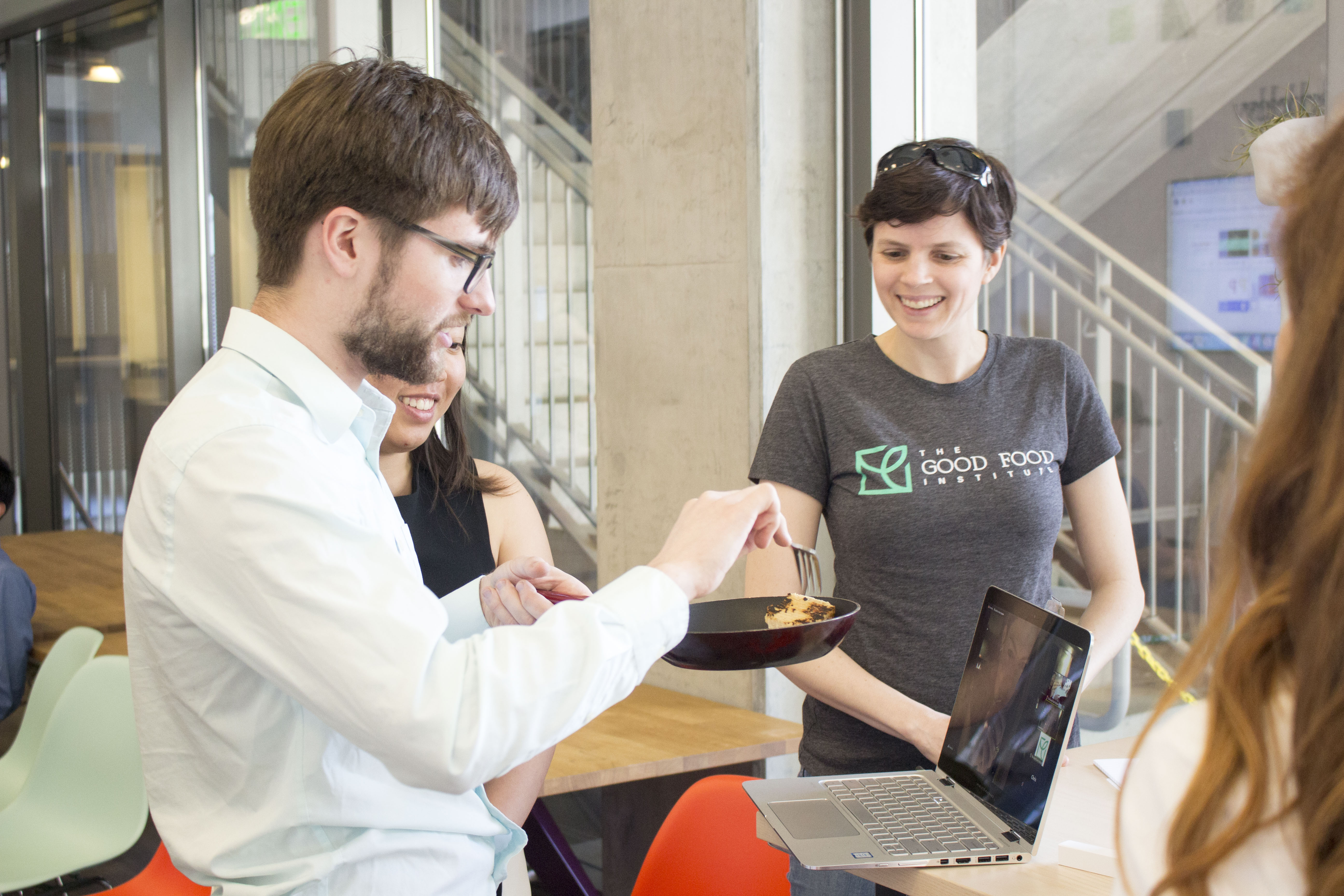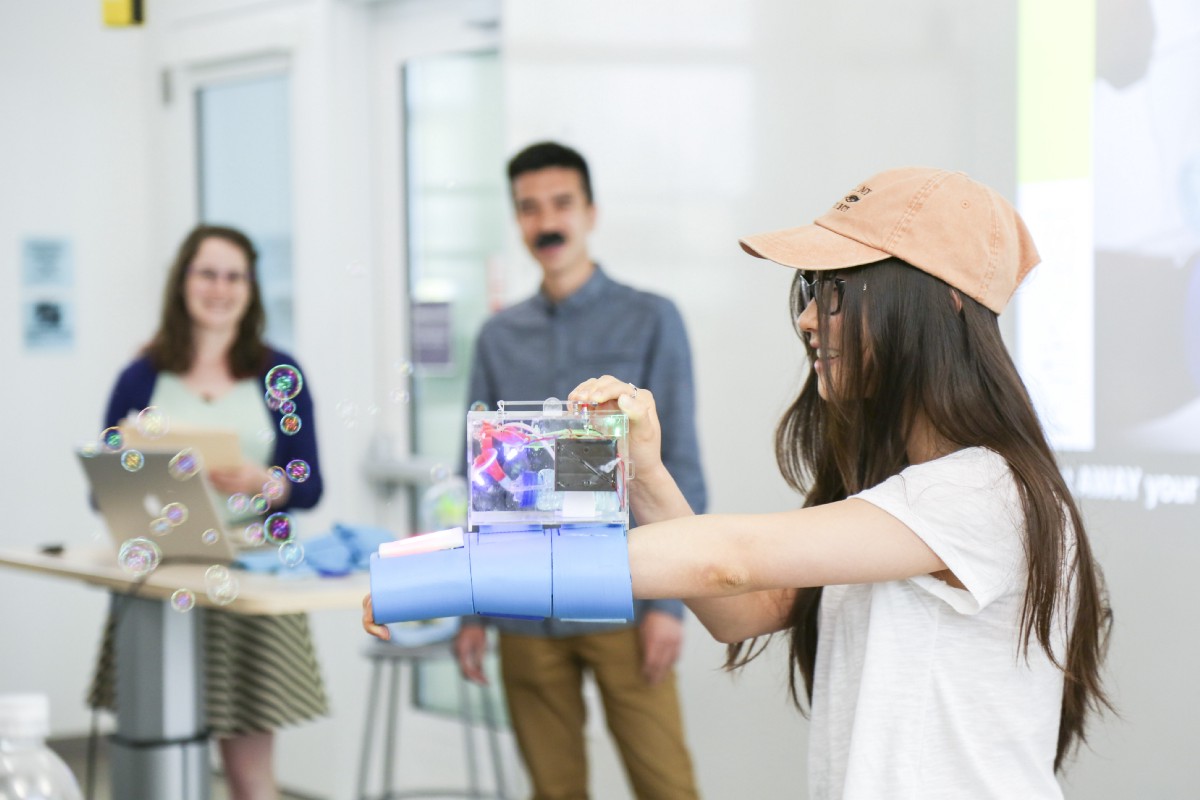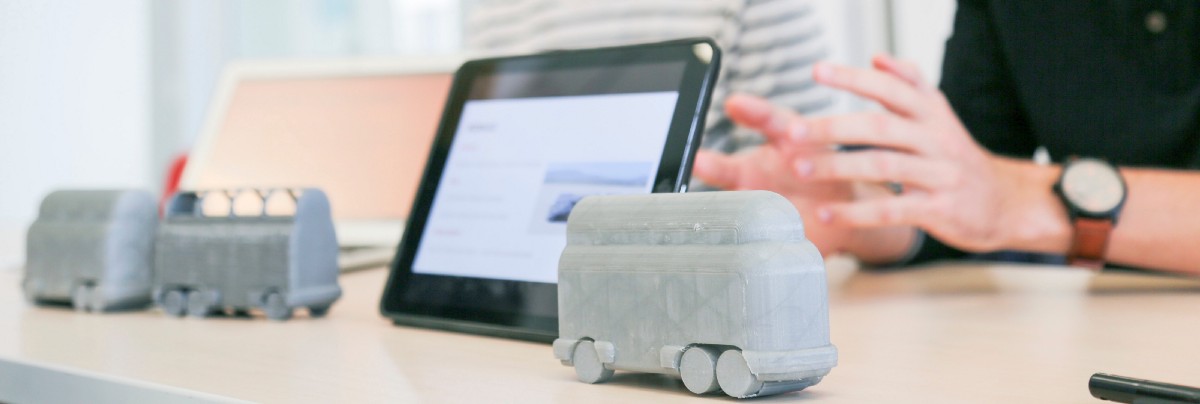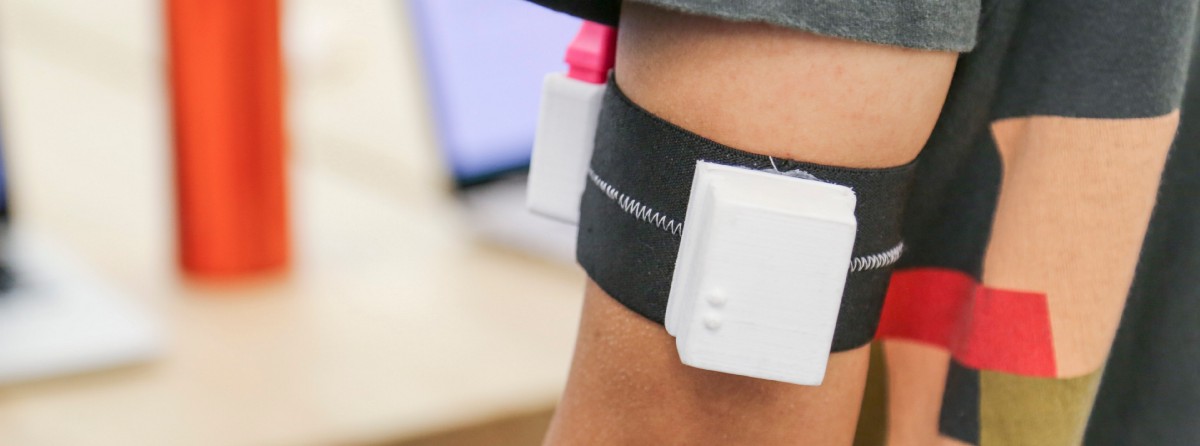Announcing BEGIN: Berkeley’s New Gateway to Innovation
The University of California, Berkeley has created its first ever virtual hub for innovation on campus, named Berkeley Begin – the Berkeley Gateway to Innovation. Now entrepreneurs can more easily connect with Berkeley’s robust network of innovation courses, incubators, accelerators, funding, and social networks. The goal of Berkeley Begin is to unite Read more…









